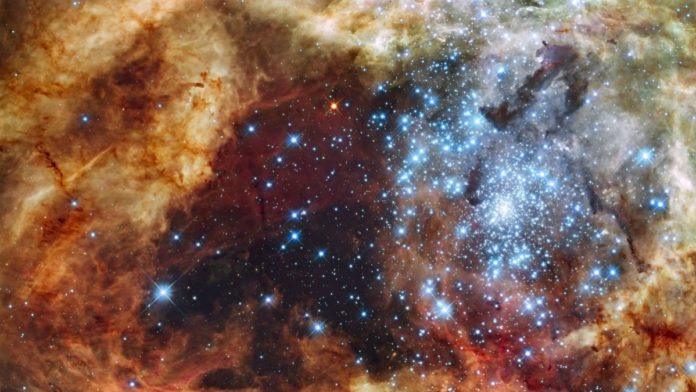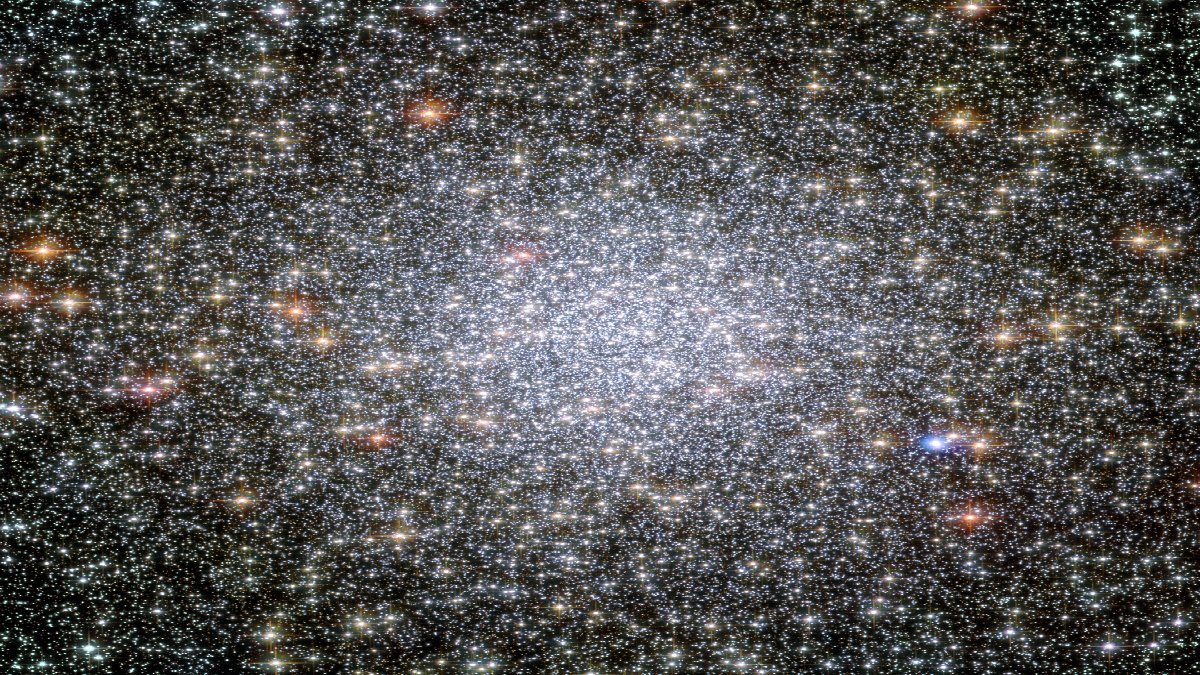The Milky Way galaxy has more than 150 old globular clusters, each containing a huge number of stars densely packed together and held by gravity. These stars are nearly as old as the Universe. Since the 1960s, it has been realized that most stars in these groups contain different chemical elements in comparison to every single other star in the Milky Way – these couldn’t have been delivered in the stars themselves in light of the fact that the required temperatures are around 10 times higher than the temperatures of the stars themselves.
A new study by the University of Surrey introduces a new actor to the equation that could solve the problem that has perplexed scientists for more than 50 years: why are the stars in globular clusters made of a material different to other stars found in the Milky Way? – a supermassive star. According to scientists, a supermassive star with a mass that is tens of thousands times the mass of the Sun, formed at the same time as the globular clusters.
Around then globular clusters were filled with dense gas out of which the stars were forming. As the stars gather more gas, they become close enough to each other that they could physically collide and shape a supermassive star in a runaway collision process. The supermassive star was sufficiently hot to deliver all the observed elements and “pollute” alternate stars in the clunch with the peculiar elements.
Professor Mark Gieles, Principal Investigator of the project from the University of Surrey, said: “What is truly novel in our model is that the formation of the supermassive stars and the globular clusters are intimately linked, and this new mechanism is the first model that can form enough material to pollute the cluster, and with the correct abundances of different elements, which has been a long-standing challenge.”
The team proposes various ways to test this new model of globular clusters and supermassive star formation with existing and upcoming telescopes, which can peer deep into the regions where the globular clusters formed when the Universe was very young.
The study is published by the Monthly Notices of the Royal Astronomical Society and funded by the European Research Council grant CLUSTERS.

